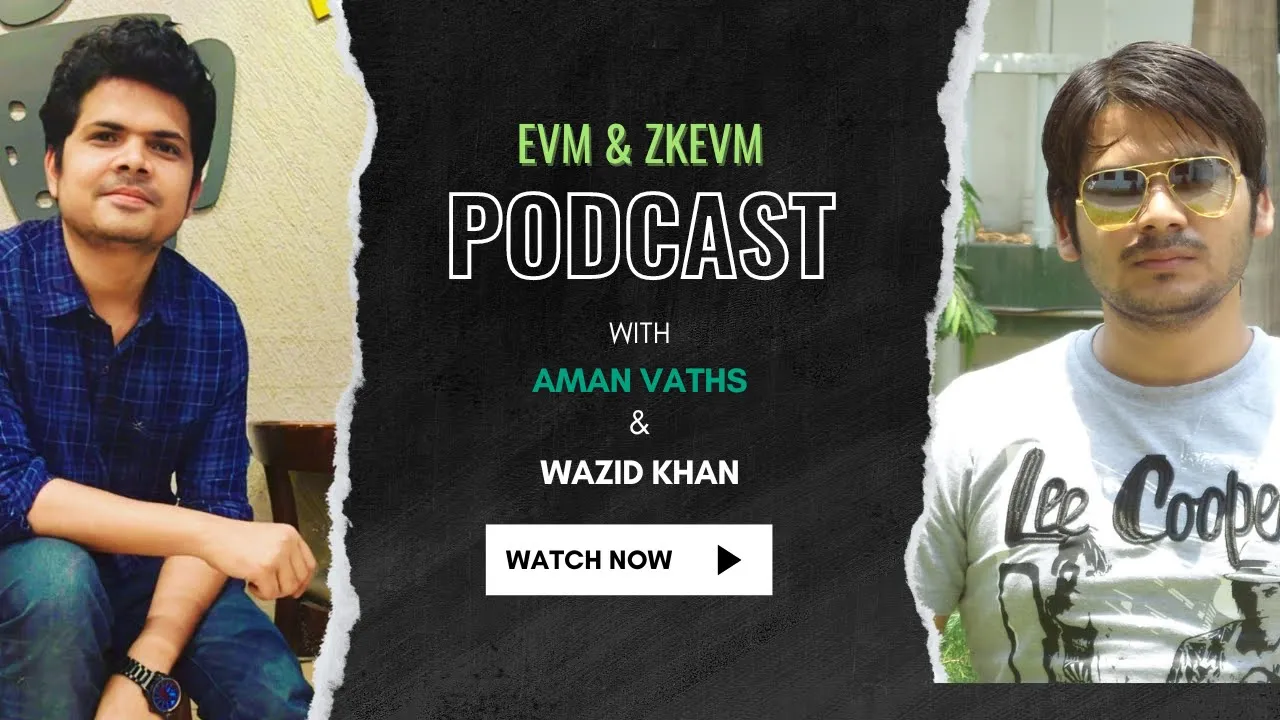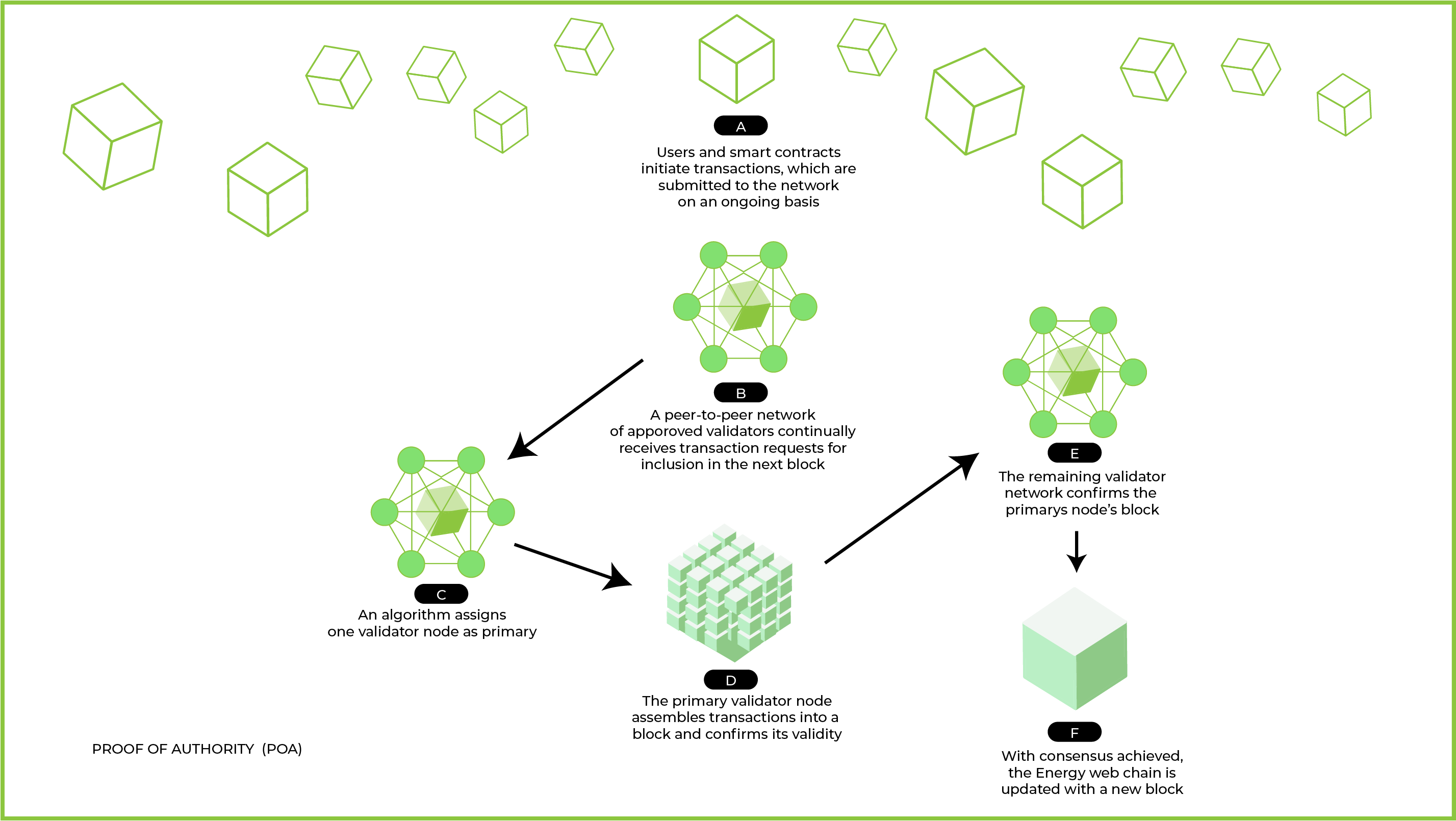
-
Listing
ListingExchange Listing
CMC & CG Listing
Airdrop Listing
-
Consulting
Blockchain
We are experts in providing Blockchain Consulting that Enhance the Transformative Potential of Blockchain Technology
Web3
Secure your future with our Web3 Consulting - Decentralize Everything, Regret Nothing
Metaverse
We specialize in digital innovation with unique opportunities under our expert guidance
Artificial Intelligence
Experience the Future of Technology with AI Consulting Company. To Create Tomorrow's World Today
DEFI
Empower Your Financial Future With Defi. A New World of Financial Possibility With Trust, Transparency & Truth
DAO
Enhance Transparency in Custom Solutions With Solid Community to DAO Decentralization.
Marketing As A service(MAAS)
Enhance Security for Your Gaming Venture with Unique Blockchain Solutions
-
Industries
Government
Nadcab Labs Safeguards Government Data Sharing With Cryptography
BFSI
Start Your Own Digital Asset Bank with Nadcab Labs Banking Solutions
Case Study
Check out our proudest achievements here. Explore how we strategize, perform, and ensure client satisfaction
-
Solutions
Exchange
Tap Into The Market With Nadcab Labs Crypto Exchange Development Services
Wallet
Nadcab Labs Gains Momentum Transactions With Speed and Security Transforms User
Defi
DeFi Development Services By Nadcab Labs Connect Ecosystems For Defi Networks
Web3
Nadcab Labs is Driving Business Success With Customized AI Strategies and Advanced Machine Learning
Whitepaper
Nadcab Labs Believes White Papers Should Be Clear and Concise To The Point
Crypto Banking
Nadcab Labs Provides Digital Asset Holders With Crypto Banking Facilities
Coin Development
Nadcab Labs Offers Cryptocurrency Development Services For Secure & Transparent Transactions
-
BlockChain
BlockChainBlockchain Development
Custom Blockchain Development with Nadcab Labs for Clear Tailored Solution
Blockchain Frameworks
Connect With Nadcab Labs For Secure Transactions - Fueling Your Future Today
LAYER 1 & LAYER 2 SOLUTIONS
Explore Nadcab Labs - A Secure Blockchain Network for Market Participation
Enterprise Blockchain
Explore Nadcab Labs a Modular Blockchain solution for Smart, Safe & Secure Ecosystem
Smart Contract
Nadcab Labs Ensures Safe Smart Contracts On Ethereum, EOS, TRON And More
Asset Tokenization
Explore Asset Tokenization With Nadcab Labs For Innovative Investment Opportunities
Securitization
Securing Assets With Nadcab Labs Specializing In Blockchain-Based Securitization
P2P Lending
Nadcab Labs Provides Access To Financial Opportunities By Entering The P2P Lending
-
About Us
About usCompany
Nadcab Labs is a Leading Tech Company Specializing in Software Development
Blog
Nadcab Labs Guidebook Simplifies Blockchain Topics For Easy Understanding
Media
Know us better through media insights focusing on our achivements
Career
Do You Want to Start a Career in Blockchain Technology? Let Nadcab Labs Guide You to Explore Opportunities












